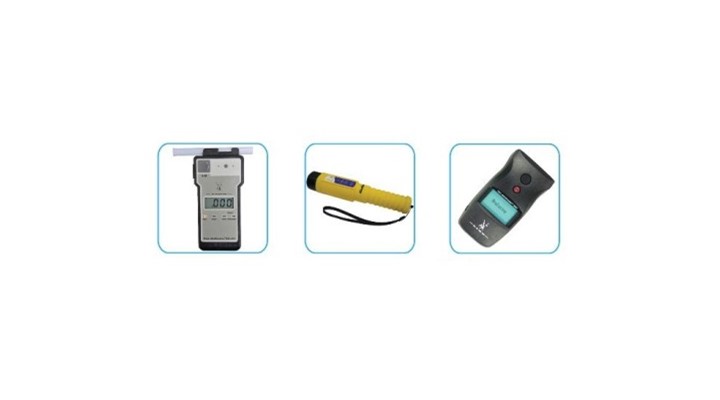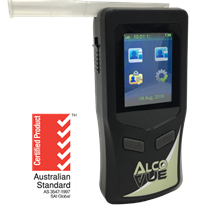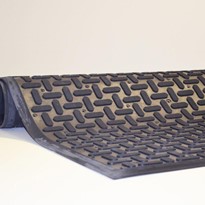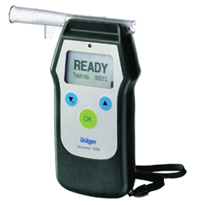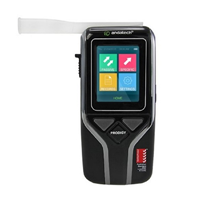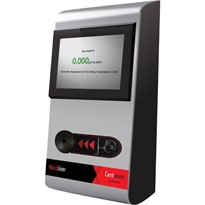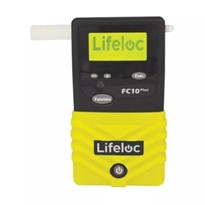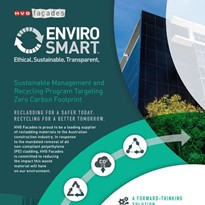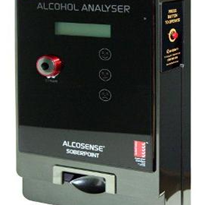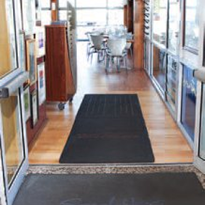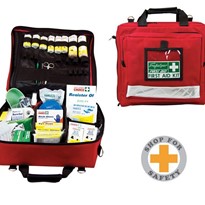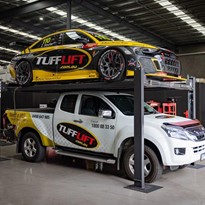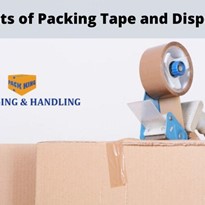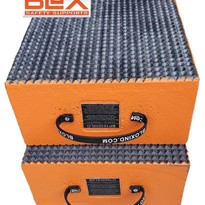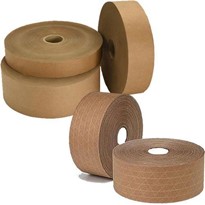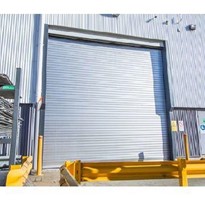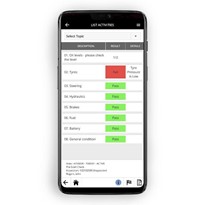In a Choice review of a number of "personal breathalysers" available in Australia, they found many of the devices on trial underestimated Breath Alcohol Concentration (BrAC) readings, falsely indicating the user is under the 0.05 limit.
With inaccuracies like this, you may as well roll the dice to find out if someone is over the limit! In a workplace testing program it is important to have a device that can be trusted. The wrong result can be costly.
Can you afford to take the risk?
Making safety the priority
What to ask your supplier when choosing a breathalyser:
Can the supplier provide a copy of the device's certificate of compliance with Australian Standard AS 3547-1997?
The standard specifies that the device must meet a certain level of accuracy and be able to maintain that accuracy over the calibration period of the device.
Does the breathalyser have a fuel cell sensor?
Breathalysers that use a fuel cell sensor offer higher accuracy, are more specific to alcohol and have a longer life expectancy. Cheaper breathalyser devices often use semi-conductor sensors which do not offer the same accuracy.
All Australian police services use breathalyser devices with fuel cell sensors for their roadside breath testing programs as this technology is one of the most reliable ways to measure Breath Alcohol Content (BrAC). Many of the low-cost personal breathalysers use less accurate semi-conductor sensors which do not match the accuracy offered by fuel cell sensor.
What are the calibration requirements? How often?
Calibration is necessary to maintain accuracy. Some devices may stop working once a set number of tests have been completed and this can cause headaches for people doing large numbers of tests. It is recommended to look for a device that bases its calibrations on the number of months since the last service.
Who will do the calibration and how long will I be without my breathalyser?
Make sure your device has an Australian service centre who can assist in carrying out calibrations and repairs. Check what their usual turnaround time is also. If you are going to be without your breathalyser for a long period of time, consider what impacts this may have on your workplace health & safety programs.
How much will it cost?
A precision breathalyser is a long-term investment. Just as you would when buying a car, take into account the cost of maintaining the breathalyser.
Does the breathalyser sample deep lung air and monitor pressure?
The breathalyser MUST sample deep lung air. The level of alcohol in the specimen analysed will then properly reflect what is present in the circulating blood. To ensure that deep lung air is being sampled, the breathalyser should be capable of monitoring how long and how hard the individual is blowing.
Is there any risk of test subjects being exposed to the saliva of previous testers?
For hygienic reasons, check that the breathalyser uses single-use disposable mouthpieces that are readily available, or is "contact-free". Confirm if the operator will need to touch the tube either during fitting or removal of the mouthpiece. Also make sure that the breathalyser itself has features that stop saliva from being drawn in to the sampling pump.
If saliva does enter any of the internal components there is the potential for subsequent test subjects to be exposed to the contamination.
NB The Lion SD-400 uses single-use disposable mouthpieces which are packaged in such a way that they can be fitted and removed by the operator without any need to touch the tube itself. The SD-400 also features an anti suck-back nipple which stops any saliva from being sucked into the sampling pump.



